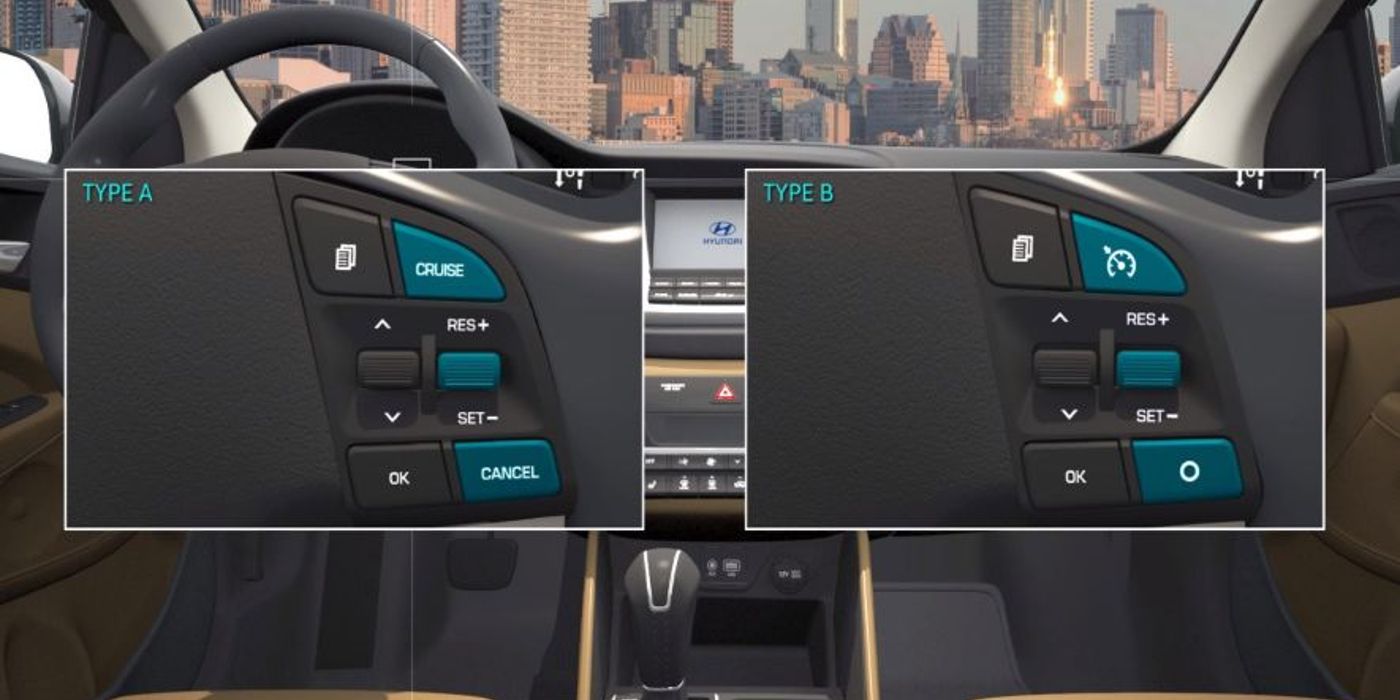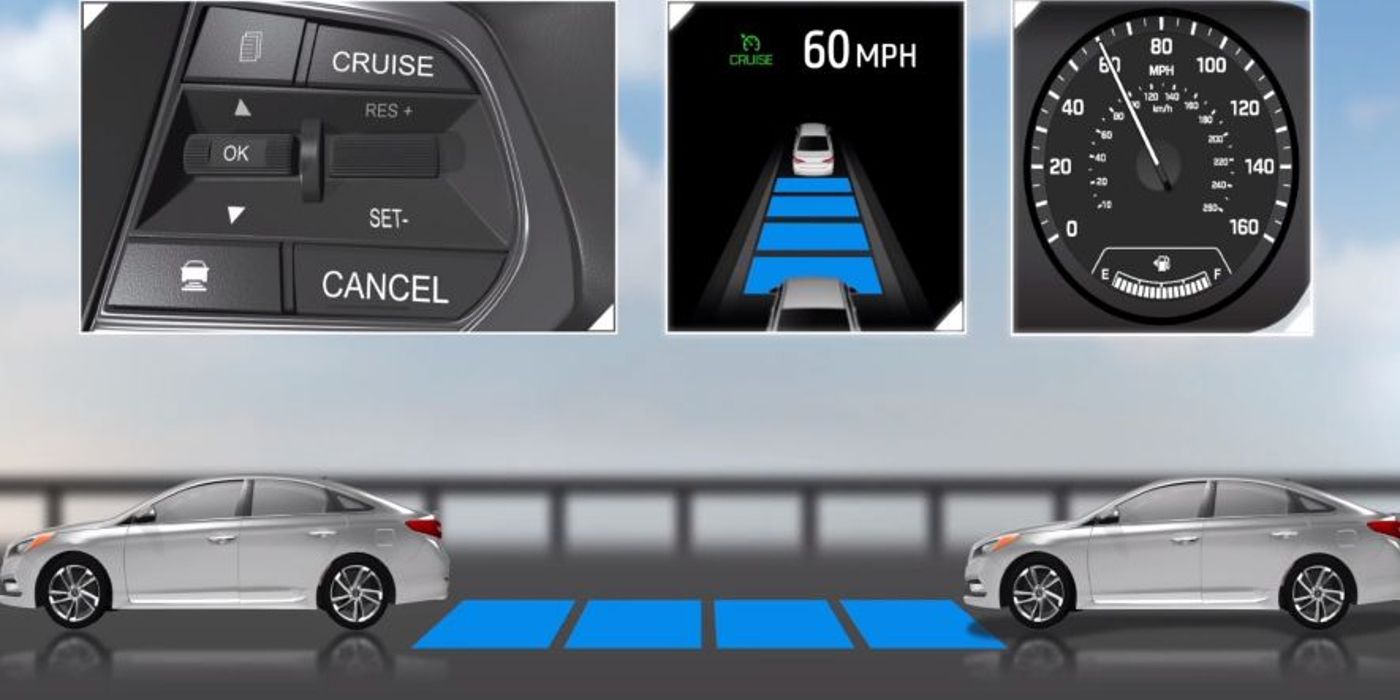Smartsense is Hyundai’s advanced driver safety and convenience technology, but how does it work? As a way to stand out from the competition, each automaker gives its driver assist system a unique name. Ford vehicles come with Blue Cruise, while Rivian EVs come with Driver+. Tesla's driver assist system comes in Autopilot and Full Self-Driving options. To make sure drivers have the latest safety features, these systems usually receive OTA software updates.
Aside from bearing different names, each automaker’s driver-assist tech is assigned a certain level of autonomy. A driver safety system offers between Level 1 (little to no autonomy) to Level 6 (full autonomy) assistance. While the idea of complete autonomy sounds enticing, that scale of self-sufficiency isn't available on any model designed for commercial use. For example, Tesla's Autopilot and FSD offer Level 2 autonomy with features like forward-collision warning and lane departure warning. Despite the technology’s ability to improve driver safety, automakers always reiterate that these systems are not to be considered an absolute substitute for human drivers. The limits of driver safety tech have been witnessed in recent times, with Tesla facing litigation and bad publicity over its Autopilot and FSD claims.
Currently, Smartsense is available on 21 Hyundai models including the 2022 World Car of the Year — the Ioniq 5. However, not all Smartsense features are available for all models, which is why Hyundai provides a “filter by safety feature” option. Intending buyers can visit the Smartsense webpage and use the filter option to see which driver safety features come with their preferred model. Hyundai Smartsense has been recognized by the Insurance Institute for Highway Safety (IIHS) and the National Highway Traffic Safety Administration (NHTSA) for excellence in vehicle safety. The NHTSA awarded eight Hyundai models a 5-star overall safety rating as part of its car assessment program.
How Hyundai’s Smartsense Works
Hyundai’s Smartsense is divided into four categories. Those four categories come with several features that improve driving convenience, driving safety, parking safety, and parking convenience. Under driving safety, there's Blind-Spot Collision-Avoidance Assist which activates when the Hyundai detects a vehicle in the driver's blind spot while the turning signal is flashing. To avoid an accident, the feature alerts the driver and may engage the left or right front brake before the driver switches lanes. For parking safety, there's a feature called Rear Occupant Alert that's tasked with reminding the driver to check the backseat so a child or pet isn't left behind. It activates only when the car is successfully parked and the engine is turned off.
For driving convenience, a feature called Highway Driving Assist enables the driver to remain centered in a lane while maintaining a safe distance from the car ahead. It's also engineered to help drivers stay at the right speeds, doing so with GPS and highway data. For this feature to work, Smart Cruise Control or Lane Following Assist need to be engaged. Despite the safety and convenience offered by Hyundai Smartsense, drivers must always be attentive and are responsible for any major decisions on the road.
Source: Hyundai


